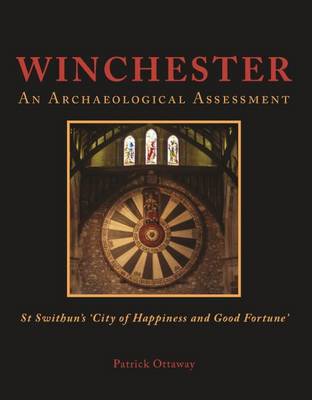This critical assessment of the archaeology of the historic city of Winchester and its immediate environs from earliest times to the present day is the first published comprehensive review of the archaeological resource for the city, which as seen many major programmes of archaeological investigation. There is evidence for activity and occupation in the Winchester area from the Palaeolithic period onwards, but in the Middle Iron Age population rose sharply with settlement was focused on two major defended enclosures at St Catherine’s Hill and, subsequently, Oram’s Arbour. Winchester became a Roman `civitas’ capital in the late 1st century AD and the typical infrastructure of public buildings, streets and defences was created. Following a period of near desertion in the Early Anglo-Saxon period, Winchester became a significant place again with the foundation of a minster church in the mid-7th century. In the Late Anglo-Saxon period it became the pre-eminent royal centre for the Kingdom of Wessex. The city acquired a castle, cathedral and bishop’s palace under norman kings but from the late 12th century onwards its status began to decline to that of a regional market town. The archaeological resource for Winchester is very rich and is a resource of national and, for the Anglo-Saxon and Norman periods, of international importance.
- ISBN10 1785704494
- ISBN13 9781785704499
- Publish Date 26 May 2017
- Publish Status Transferred
- Out of Print 4 January 2024
- Publish Country GB
- Imprint Oxbow Books
- Format Hardcover
- Pages 416
- Language English
